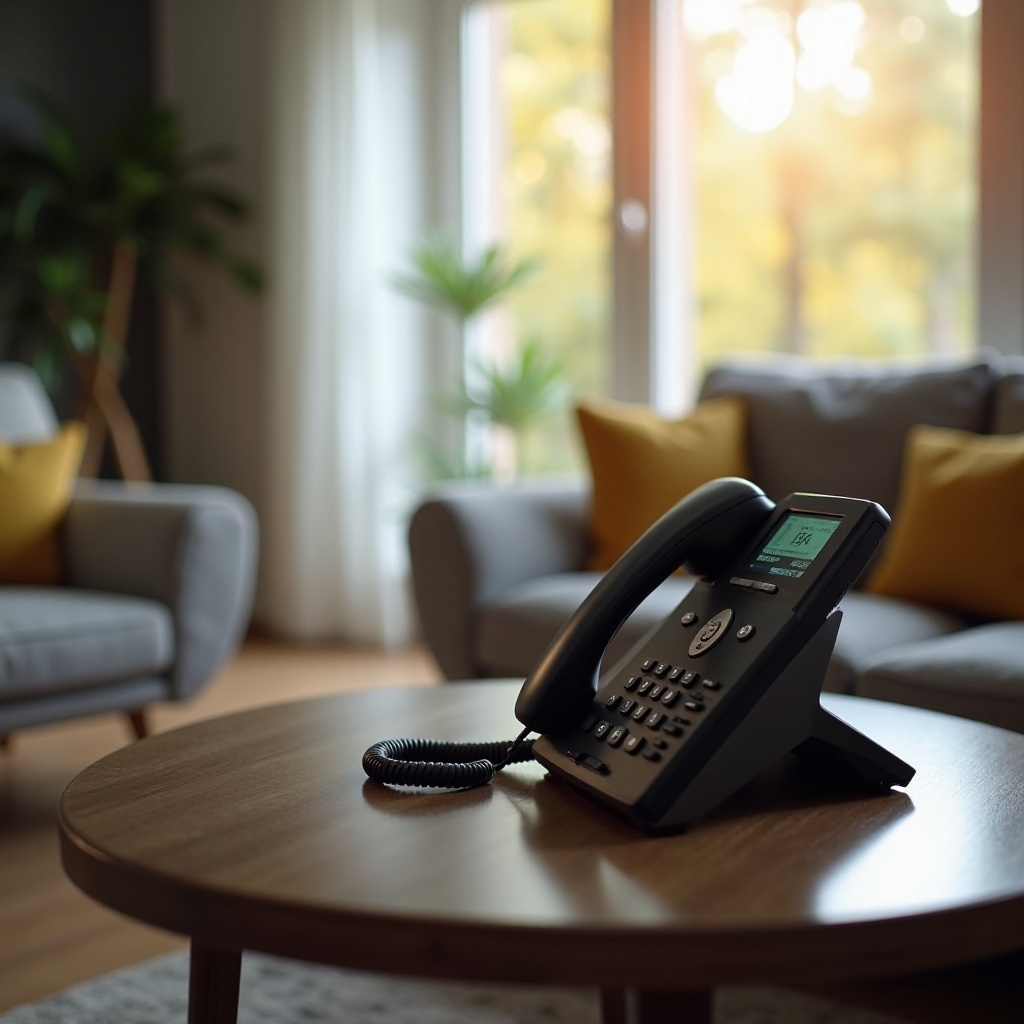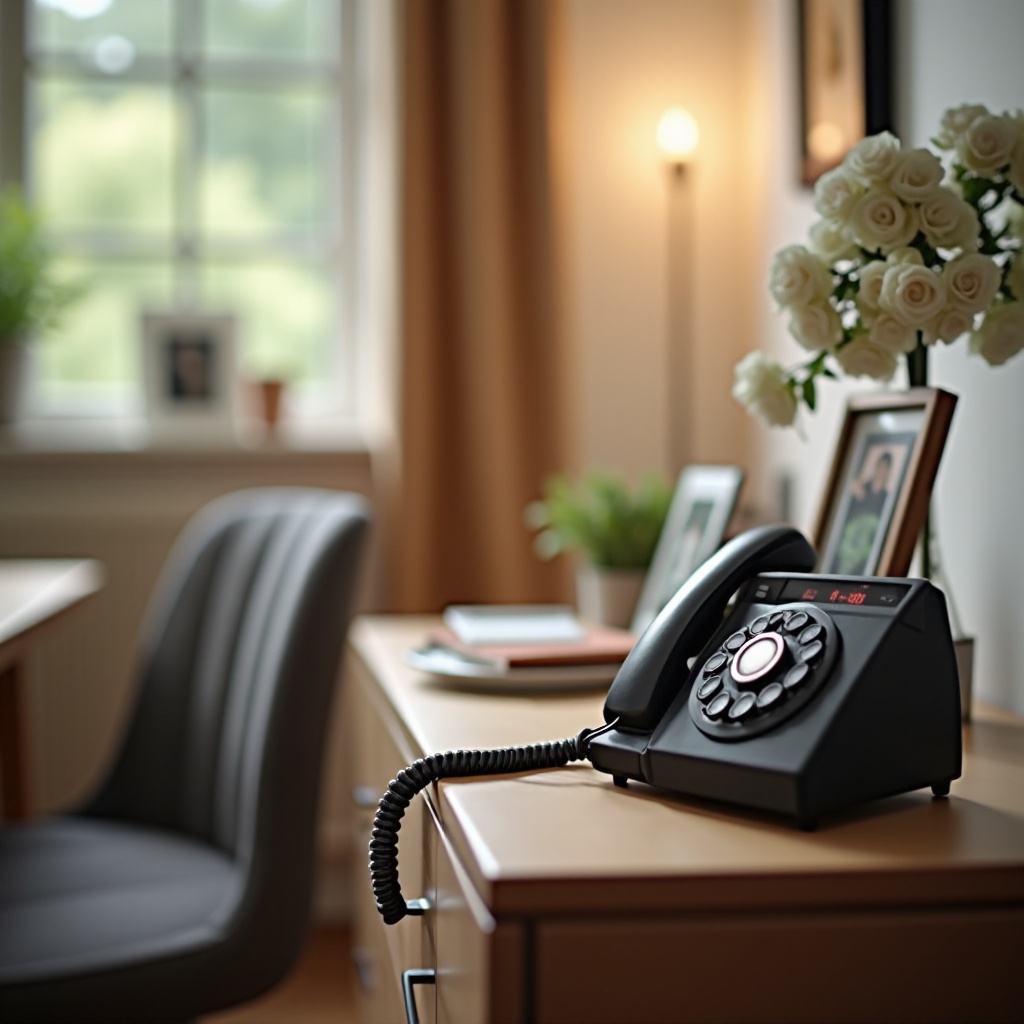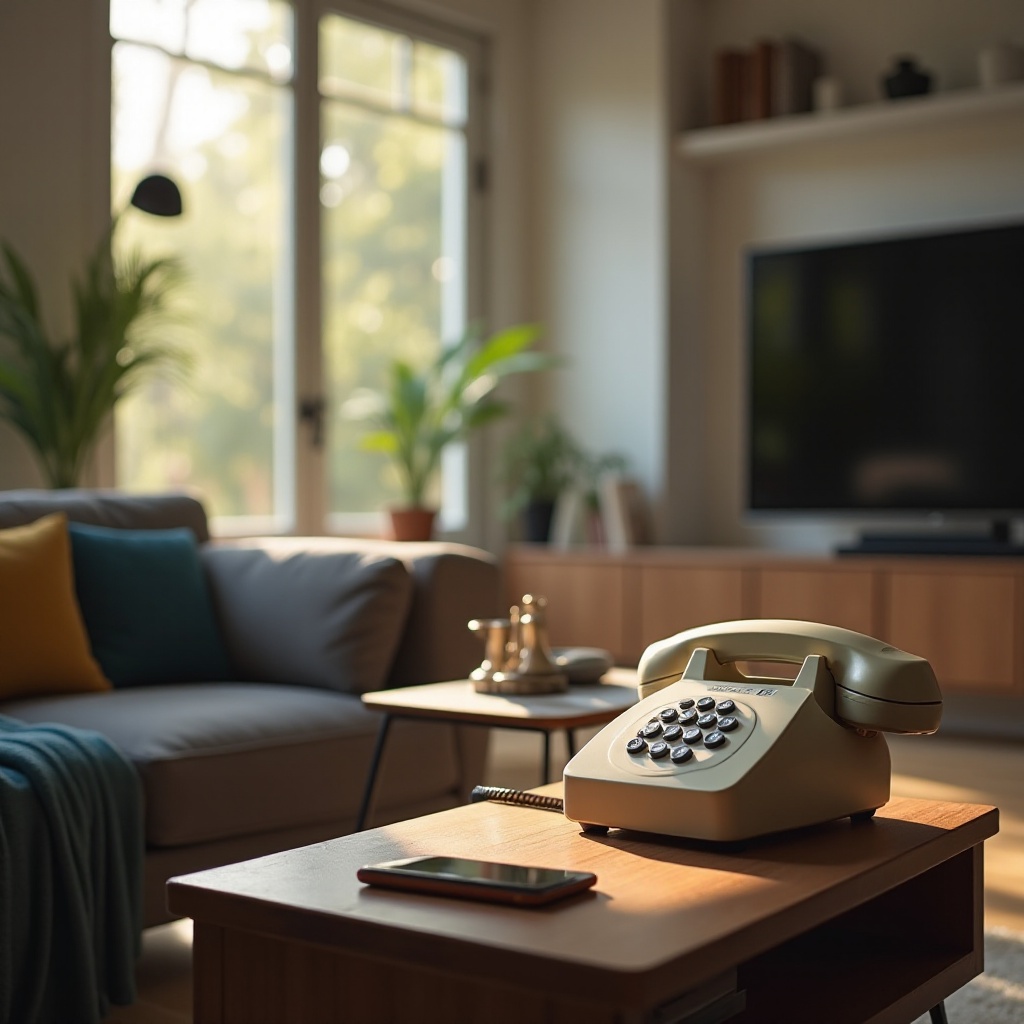Introduction
The communication landscape has evolved dramatically, leading many to question the relevance of home phones in 2024. Most households have shifted to mobile phones due to their convenience and advanced features. This shift raises important questions about how many people still use home phones and why they maintain them. By examining current statistics, reasons for maintaining home phones, and comparing the pros and cons to cell phones, we gain a clearer understanding of their place in modern life. Additionally, we will explore the future of home phones and anticipate how their usage might change in the coming years.

The Decline of Home Phones and Rise of Cell Phones
The widespread shift from home phones to cell phones has been fascinating to observe. Initially, home phones were the primary mode of communication, offering a reliable way for families to stay in touch. However, with the advent of cell phones, the dynamics changed rapidly. The portability, multifunctionality, and continuous technological enhancements of cell phones led them to quickly surpass home phones. This transition was further accelerated by advancements in mobile internet and the integration of communication services into smartphones.
Many households began to realize that a cell phone could not only meet but exceed the capabilities of a home phone. The smartphone revolution, which brought features like instant messaging, video calling, and apps for various services, made home phones seem less necessary. Yet, despite the tech-driven shift, certain factors have contributed to the continued existence of home phones. Understanding these will help us in evaluating the current usage statistics.
Current Statistics: How Many People Still Use Home Phones?
As of 2024, the number of households using home phones has significantly reduced but hasn’t completely disappeared. According to recent surveys, approximately 35% of US households still maintain a landline. This figure is a sharp decline from a decade ago when more than 60% had home phones. Although a minority, the remaining home phone users represent a significant number, indicating that home phones still hold some value.
Globally, the trend follows a similar pattern. Developed countries like the UK, Canada, and Australia report a steady decline in home phone usage while rural areas and developing nations maintain higher percentages. In less connected parts of the world, landlines are sometimes more reliable and affordable compared to mobile networks. Besides, demographic data reveals that older adults and those living in multi-generational households are more likely to retain a home phone, appreciating its simplicity and perceived reliability.
These statistics showcase a mixed but predominantly downward trend in home phone usage. However, the reasons for some households retaining home phones provide further insight into this persistence.
Reasons Why Some Households Still Maintain a Home Phone
Despite the convenience of cell phones, several households still find reasons to maintain a home phone. Key factors include:
- Reliability: Home phones often provide a more stable connection during power outages or emergency situations since they do not rely on batteries.
- Cost-Effectiveness: In certain cases, bundling home phone services with internet and TV can be cost-effective, offering users savings on combined packages.
- Security: Many security systems are connected to home phone lines, which can discourage households from eliminating their landlines.
- Simplicity: Elderly individuals or those less tech-savvy might find operating a home phone much easier compared to a smartphone.
- Sentimentality: Some people maintain home phones out of habit or emotional attachment, stemming from long-term usage.
Understanding these reasons helps contextualize why, despite a decreasing trend, home phones have a continued presence in some households. This persistence is further compared against the functionalities and innovations of cell phones.

Comparing Home Phones and Cell Phones: Pros and Cons
When analyzing home phones and cell phones, it is essential to consider their respective advantages and disadvantages:
Pros of Home Phones:
- Reliability: Less prone to network issues and disruptions.
- Emergency Use: Works during power outages and some emergencies.
- Clear Quality: Often provides better voice call quality.
Cons of Home Phones:
- Immobility: Limited to a fixed location.
- Lack of Features: Missing advanced features like apps and internet browsing.
- Maintenance Costs: Occasional need for line maintenance.
Pros of Cell Phones:
- Portability: Can be carried and used anywhere.
- Multifunctionality: Equipped with internet, apps, cameras, and much more.
- Constant Innovation: Regular updates and new features.
Cons of Cell Phones:
- Battery Dependency: Limited usage during lack of battery.
- Network Dependence: Prone to network issues in certain areas.
- Distraction: Potentially more distracting due to multiple functionalities.
The distinct pros and cons illustrate why some users might prefer one over the other. Yet, overall trends suggest a growing preference for the versatility of cell phones over the simplicity of home phones.
The Future of Home Phones: Predictions for the Coming Years
Looking ahead, the future of home phones appears bleak as global connectivity continues to advance. Predictions indicate that home phone usage will continue its steady decline, with an estimated drop to around 20% of households by 2030. Technological advancements favor cellular and internet-based communication tools, rendering home phones increasingly obsolete.
However, niche markets may persist where home phones maintain relevance, particularly among older adults and in areas where robust mobile infrastructure development is lagging. Innovations in home phone technology, such as integration with smart home systems, could also provide limited resurgence, although unlikely to rival cell phones’ dominance.
Overall, while home phones may never vanish entirely, their role in our daily communication becomes progressively minor.

Conclusion
In summary, the question of how many people use a home phone in 2024 reveals a clear decline, driven by the rise of cell phones and their expansive capabilities. While only a minority of households still use home phones, several factors ensure their continued, albeit limited, persistence. The pros and cons comparison showcases the reasons behind the shift to mobile devices, and future predictions suggest a continuous decrease in home phone usage. As we move forward into an even more connected world, the landscape for communication tools will evolve further, possibly redefining our notion of home communication.
Frequently Asked Questions
Why do some people still use home phones in 2024?
Many maintain home phones for their reliability, cost-effectiveness, security system connections, simplicity, and sentimental value.
Are there any advantages to using a home phone over a cell phone?
Home phones offer a stable connection during outages, better voice quality, and can be more straightforward for those less tech-savvy.
How is the usage of home phones expected to change in the future?
Home phone usage is expected to decline further, possibly reaching about 20% of households by 2030 as cell phone technology continues to advance.